Best Anti-Aging Skincare Routine: 5 Simple Steps
There's a dualism to aging. They say it's a privilege—you've got experience, maturity, and a better perspective on life to show for it. Then there's the side that creeps up on you in the form of jo...

By Modern60
Last Updated on,
May 15th, 2025
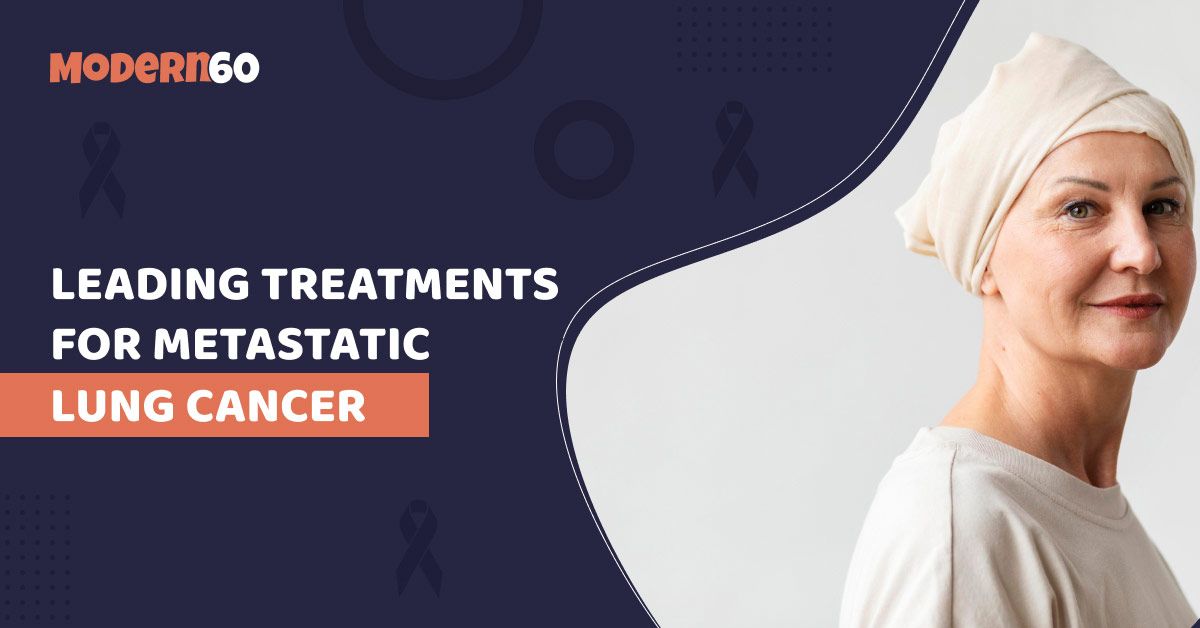
Lung cancer is one of the most common forms of cancer worldwide. It develops in the tissues of the lungs, particularly in the cells present along the lining of the air passages. These cells grow and multiply abnormally due to various reasons, and sometimes, the cancer spreads to other organs. This is known as metastasis. This article discusses some of the common treatment options for metastatic lung cancer. Read on to learn more:
There are several treatment options for metastatic lung cancer. Usually, a care team comprising specialists decides which would produce the right results. Here are some of the common options they may recommend.
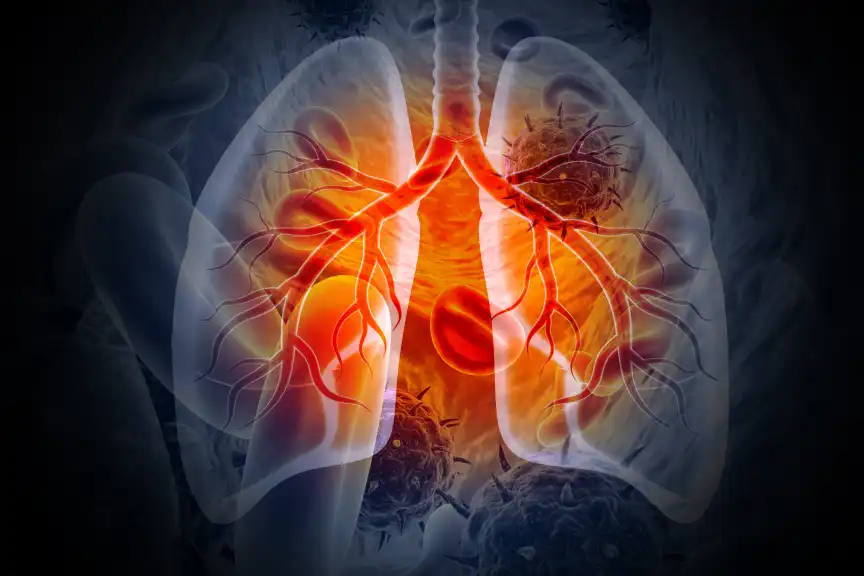
This option is usually considered when the cancer is limited to the lungs. However, if the cancer has spread or metastasized, surgery is done along with other treatments, such as radiation therapy or chemotherapy. These therapies are done before or after the surgery, depending on how far along the cancer has spread and the size of the tumors. For example, if the care team wants to shrink the size of the tumor before surgery, either radiation therapy or chemotherapy will be administered prior to the surgery. However, if there is an increased risk of cancer cells being left in the surrounding tissues or the cancer may recur after surgery, the therapies may be administered after the surgery.
In general, there are several procedures for lung cancer surgery. Some of the popular ones include the following:
During surgery for lung cancer, doctors also remove some lymph nodes from the chest. These nodes are examined under a microscope for further signs of cancer.
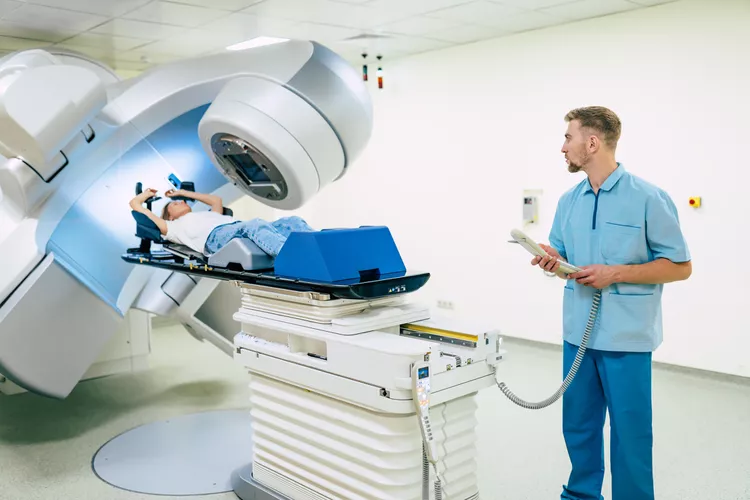
Often, radiation therapy is used to shrink the cancerous cells before a surgical procedure. Sometimes, the therapy may also be used to destroy remaining cancerous cells after surgery. However, in cases where a person is not sufficiently healthy to undergo surgery or if the cancer has spread too far into other organs, radiation therapy is generally recommended as the primary treatment for lung cancer. Moreover, this therapy is also used to alleviate some of the symptoms of lung cancer, such as bleeding, pain, and blockages in the airways caused by the tumor.

Usually used at different stages of lung cancer treatment, chemotherapy shrinks or stabilizes a tumor before surgery and destroys any leftover cancer cells after surgery. It also provides relief from some of the symptoms of lung cancer. Thus, chemotherapy is generally used along with other treatment options. However, it can also be the primary treatment when surgery is not possible. Generally administered intravenously, this treatment takes several cycles that can last for weeks. Also, chemotherapy is known to improve lung cancer survival rate if it is diagnosed in its early stages.
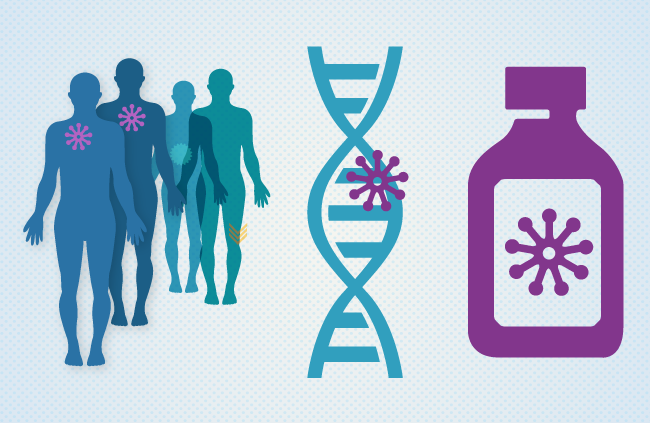
This is a new form of lung cancer treatment that has been designed after several lung cancer clinical trials. It is used to minimize damage to healthy cells. This procedure targets cancer cells in the lungs and surrounding lymph nodes using FDA-approved chemicals. This disrupts the growth of the cancerous cells and impairs their function. As a result, the tumor starts to shrink. Targeted therapy is usually given to those who have some abnormalities in the tumors. These abnormalities are generally examined using biomarker testing, which looks for specific changes in the DNA of the tumor. These changes often include mutations, rearrangements, deletions, and additions in the DNA. The targeted therapy targets these changes hindering the growth of the cancer cells.
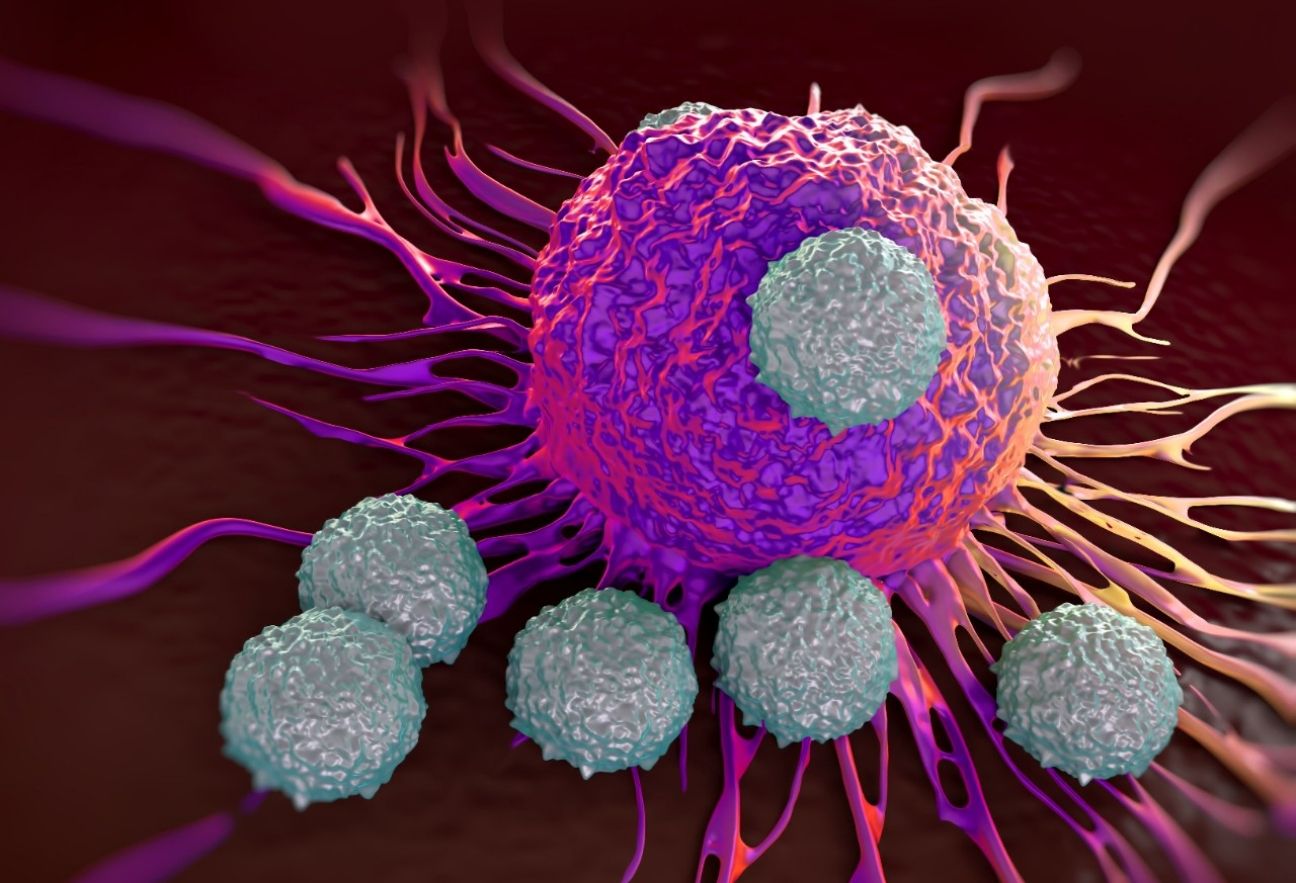
Also known as immuno-oncology, immunotherapy involves using the body’s immune system to fight cancer. Usually, the immune system attacks harmful or damaged cells in the body. Besides, it also has certain measures that prevent the immune system from attacking healthy cells, such as white blood cells and organs. So, with cancer, the immune system does not attack the cancerous cells because they produce proteins that help them hide from the immune system cells. With immunotherapy, the immune system is provided with the necessary information that helps it recognize and destroy harmful cancerous cells.

The Editorial Team at Modern60 is a group of highly skilled professionals with diverse backgrounds in journalism, content creation, editing, and digital media. They bring a wealth of experience and expertise to ensure that every piece of content meets our strict editorial guidelines and quality standards. The team is dedicated to delivering accurate, well-researched, and engaging content across various subjects, including health, wellness, lifestyle, and current events. With their commitment to upholding the highest standards of journalism and content creation, the Modern60 Editorial Team is the driving force behind our mission to empower and inspire our readers.


Unlock expert insights and tips with our exclusive ebook. Enter your email to get your free copy.
Please check your email for a welcome message from Modern60. If it's not in your inbox, kindly check your spam or junk folder
There are no comments yet